With dMessage
Send pop-up messages and alertsPOP-UP
on your organization's network
dMessage is an instant sending messages and alerts solution designed and developed in France for organizations and businesses that need to broadcast informations and alertes on their internal network in a fast and targeted way.
Unlike other solutions on the market, dMessage is an stand-alone software that is easy to deploy and use on your existing infrastructure. It relies on your Active Directory to allow easy selection of recipients.
Ask for an etimate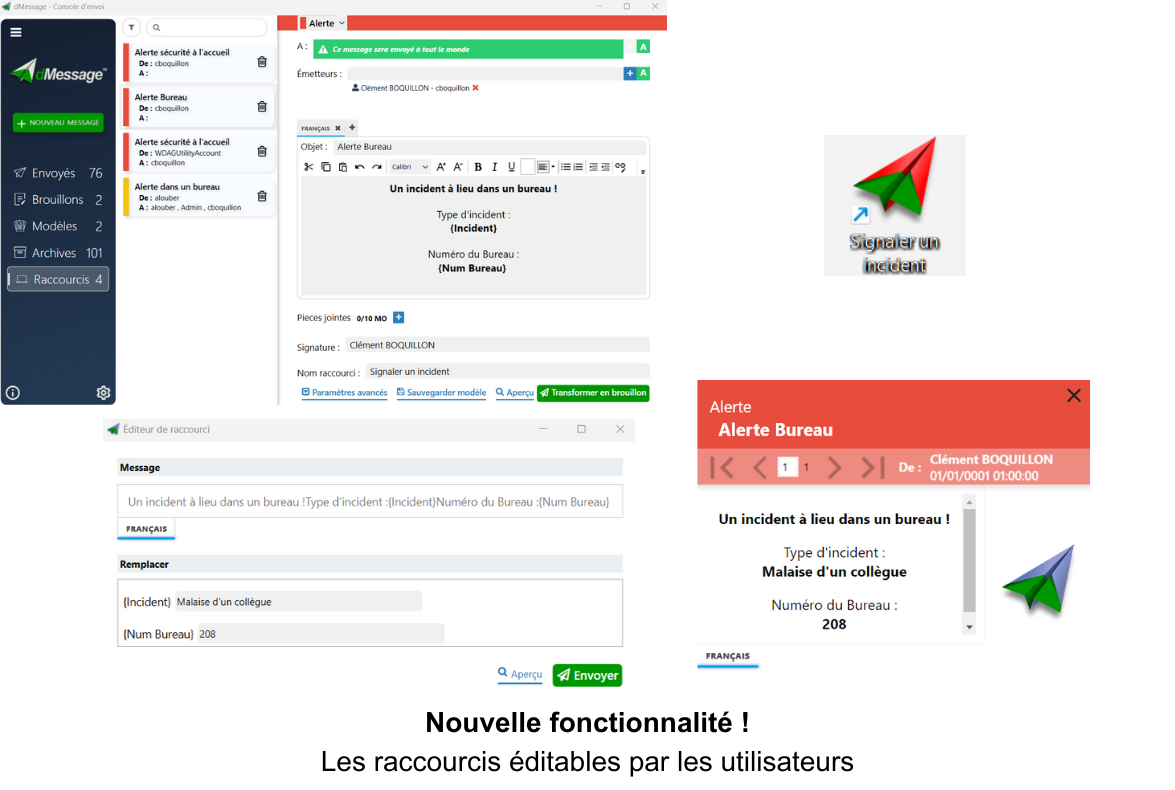
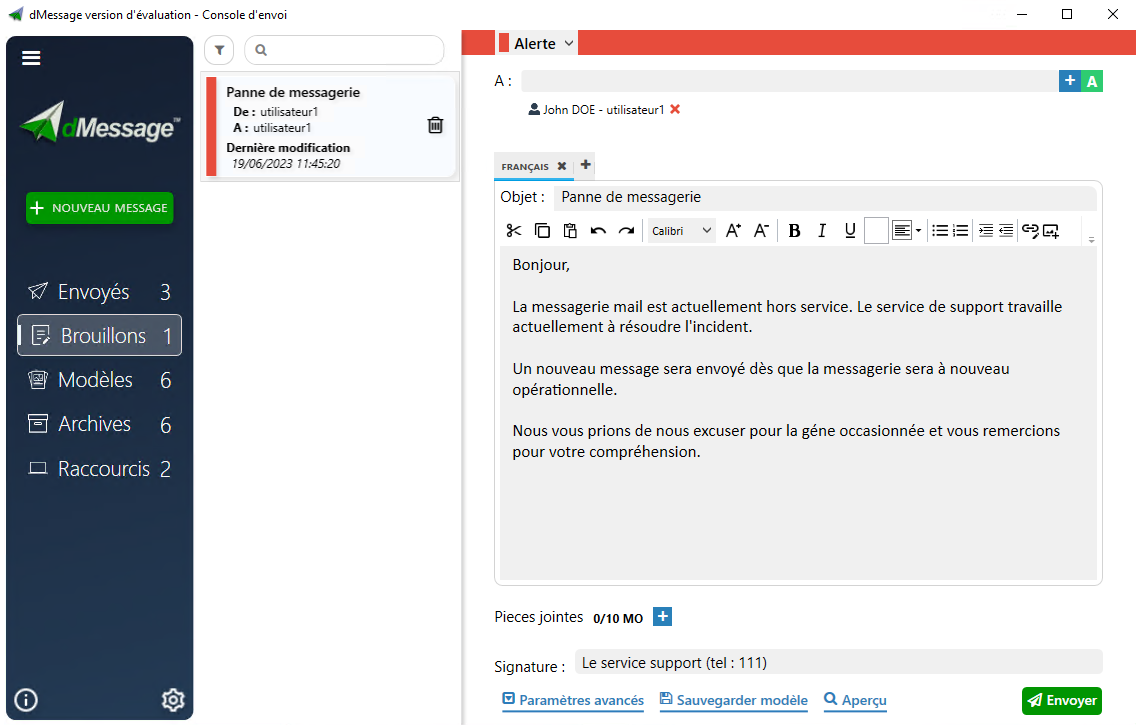
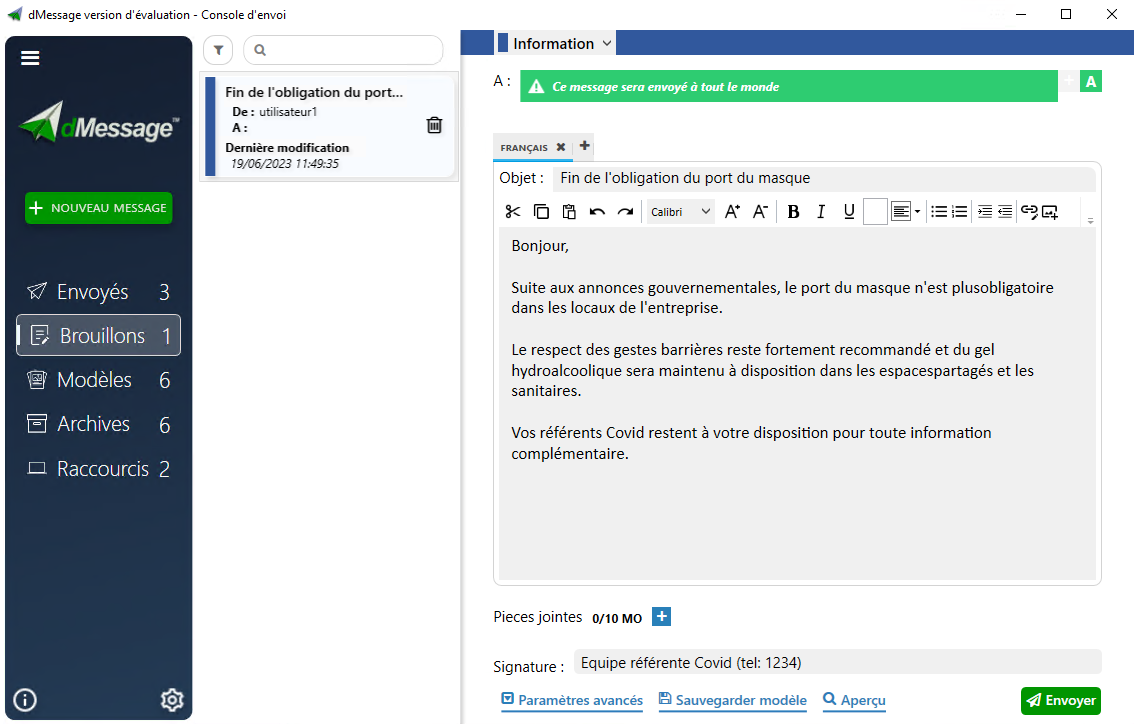
They trust us
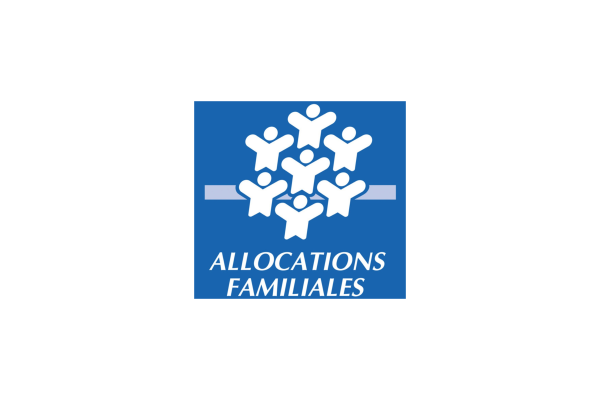
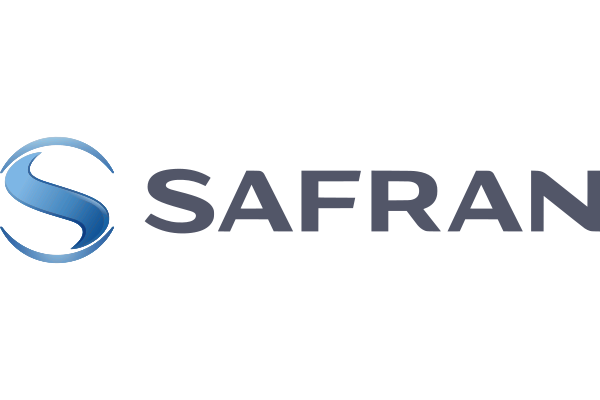


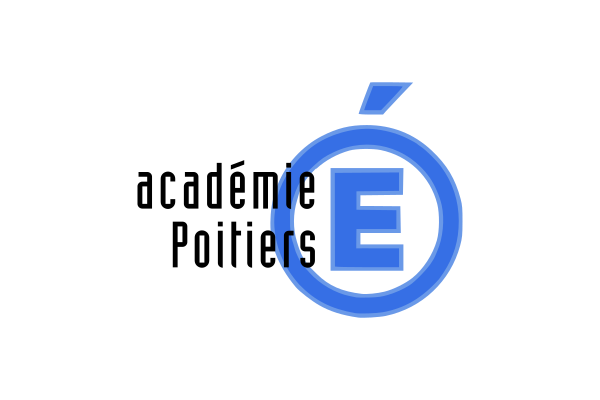

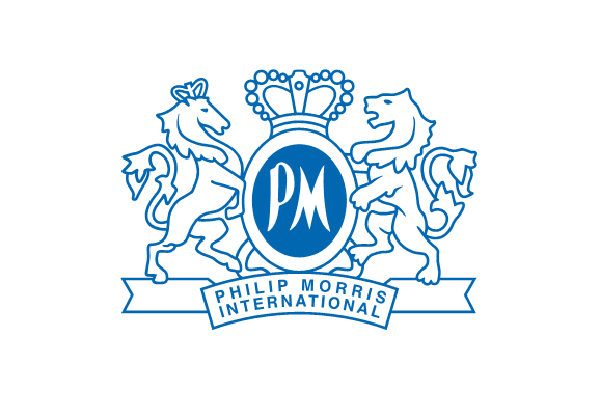


Easy to use
dMessage automatically uses Active Directory information to facilitate recipient selection.
Create a message in a few short steps and send it with ease. The message is then quickly received by the recipients and is displayed in a pop-up window.
Try dMessage free for 30 days
Send your first pop-up messages in few seconds.
Easy deployment
Whatever your environment , from an SME with a few dozen workstations to a large account using thousands of workstations, dMessage comes with everything you need for easy and fast deployment.
Deploy dMessage silently
and specify the desired settings for your organization.
Do you need an additional setting that does not seem to be available? Contact us so that we can work together to find the best
solution for dmessage to meet your needs.
Precise targeting
The large filters library available in dMessage allow you to precisely target recipients based on selected criteria to meet your needs.
Manage your communications so that they are received only by those who need and are concerned. For example: if a maintenance is planned on an application, warn the users curently using this application so that they save their data and quit the application. The other users are not concerned, they do not receive the communication.
Examples of filters: